The Absolute Best Episodes of ‘The Crown’
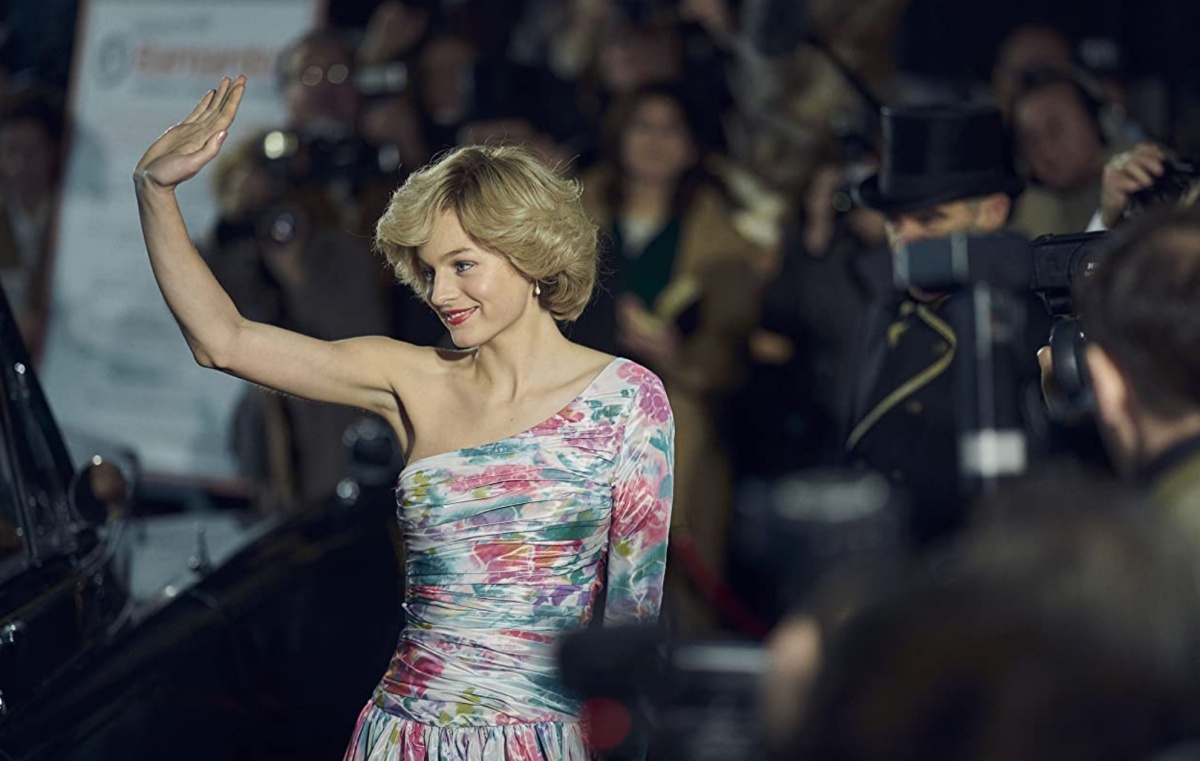
The Crown is set to release its final season in late 2023 and we’ll finally get a look at some of the modern-day royals we know and er, love.
The show, which was first released on Netflix in 2016, has been known for not shying away from brow-raising events that one can imagine the House of Windsor would very much prefer to be kept tucked away in the deep recesses of history (think: that episode where they dropped hints about Prince Andrew, or the one where they talked about the former Duke of Windsor’s ties with the Nazis).
If you’re in the mood to catch up on a few episodes before season six’s premiere, we’ve listed down The Crown’s best episodes through the years across all seasons.
‘Hyde Park Corner’ (Season 1, Episode 2)
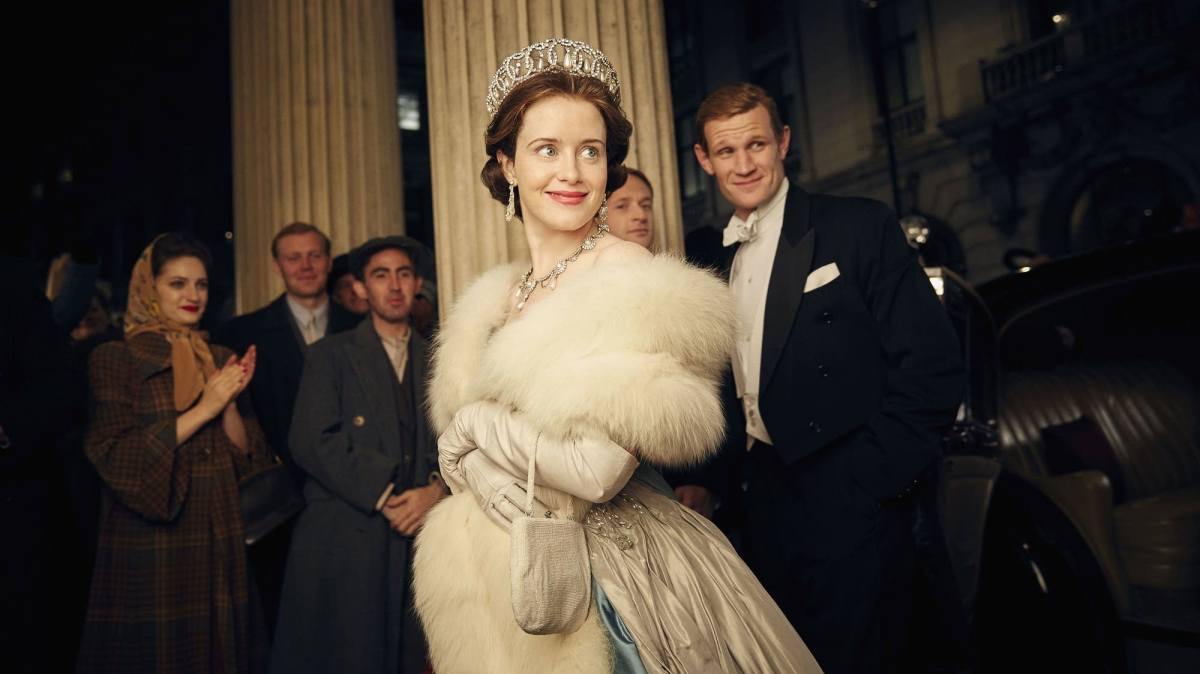
As most of us learned when Queen Elizabeth II passed last September, the royal family is provided with unique death codes to trigger whatever planning is necessary behind the scenes whenever one of them dies. For the late queen’s father, King George VI, it was “Hyde Park Corner.” The episode features a stellar performance from Jared Harris, who played King George, and a touching moment between Matt Smith’s Prince Philip and Claire Foy’s Queen Elizabeth when she is asked what her “regnal name” would be.
‘Windsor’ (Season 1, Episode 3)
The “Windsor” episode is interesting in a lot of ways because it shows the new sovereign adjusting to her duties, all while the old disgraced one makes a comeback. Here, we are introduced to the Duke of Windsor (played by Alex Jennings) who is home for his brother’s funeral—much to everyone’s disappointment. We are given a look into the day of the abdication itself and how it changed the course of the lives of the then Duke of York and his daughters.
‘Act of God’ (Season 1, Episode 4)
London has always been known for its gloomy weather but in “Act of God” we watch the unfolding of what is now known as the Great Fog of London, which lasted for over five days and resulted in thousands of deaths. Calling it a fog is actually a misnomer because, as it’s shown in the episode, the heavy fog was actually the result of smoke accumulation and a lack of wind. In other words, horrible air pollution.
Then Prime Minister Winston Churchill was actually informed and warned by scientists of these impending conditions but as we see in The Crown, ignored the advice and recommended the continuing of burning coal. Yikes. He later starts to see the repercussions of his actions (or lack thereof) when one of his staff goes to the press and another, Venetia Scott, whom he’s formed quite a bond with, is hit by a bus due to the terrible visibility conditions out on the streets.
‘Beryl’ (Season 2, Episode 4)
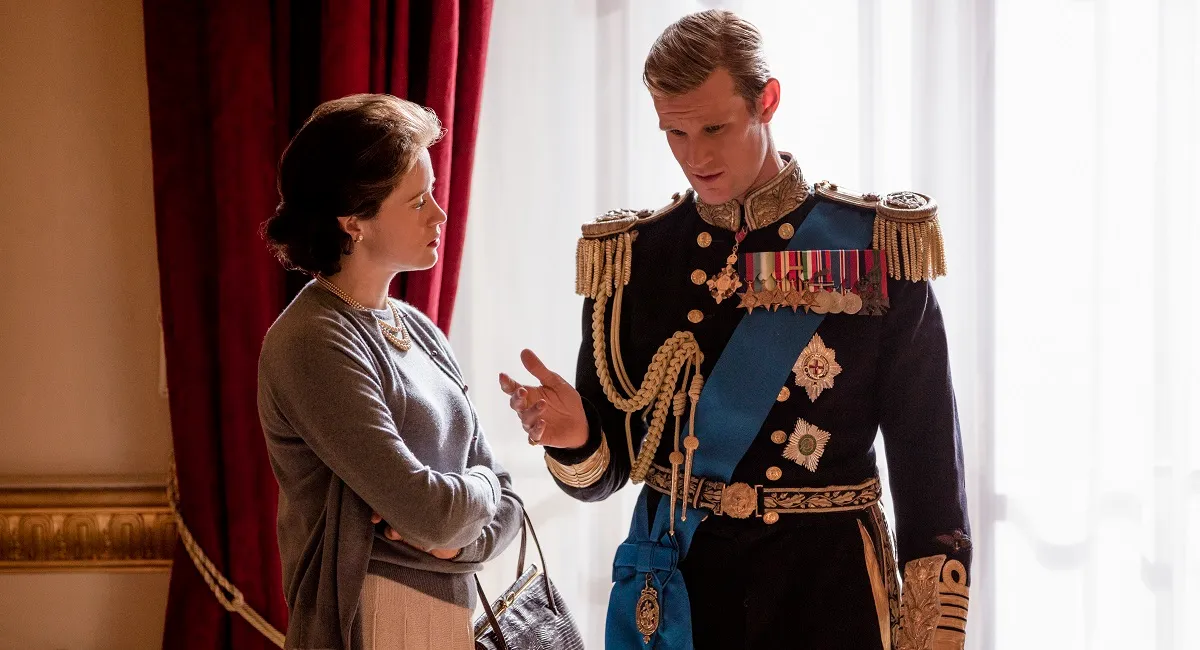
“Beryl” won the Emmy for Outstanding Cinematography for a Single-Camera Series (One Hour) and is in essence, an episode about marriage. We watch the Queen and Prince Philip mark their tenth anniversary, then Prime Minister Harold Macmillan, his wife, and her lover’s, um, relationship, and finally, Princess Margaret who would meet her soon-to-be husband, Antony Armstrong-Jones (played by Matthew Goode).
In fact, the episode is very much Margaret-centered and focuses on her general unhappiness and disdain towards everything, which is totally understandable considering the fact that we also witness how she gets engaged yet again only for it to be called off again. The episode also contains that stunning portrait of Princess Margaret where she appears to be naked (timeline is a little off for this one) and some intense chemistry between Vanessa Kirby and Matthew Goode.
‘Vergangenheit’ (Season 2, Episode 6)
In “Vergangenheit” we lay witness to the uncovering of what are now known as the Marburg Files, or the Windsor Files, which contain damning documents showcasing the Duke of Windsor’s Nazi sympathies. The Crown creatively interweaves the shocking discovery of the files together with two other subplots: the Queen exploring the idea of forgiveness after watching American evangelist Reverend Billy Graham on television with her mother, and the Duke of Windsor asking for permission to come home in order to look for a position in government that would keep him occupied out of boredom from being in exile. I think it goes without saying that having Nazi sympathies and the idea of forgiveness could never exist in the same realm of possibility.
‘Dear Mrs. Kennedy’ (Season 2, Episode 8)
To be completely fair, despite its great reviews and consistent appearances on Best The Crown Episodes Lists, the writers of the show took its liberties with the “Dear Mrs. Kennedy” episode. For starters, Queen Elizabeth didn’t actually end up going to Ghana after being spurred on by the unspoken rivalry she had with Jackie Kennedy. There is also actually no evidence of the said former first lady even badmouthing her or Buckingham Palace in the first place—the closest thing the history books have to say on the matter is that she was “unimpressed” with the palace furnishings, as photographer Cecil Beaton put it.
However, the episode’s most interesting tidbit does have an ounce of truth to it, though: JFK’s use of steroids and amphetamines. Again, the show maximizes its creative licenses to dramatize how this affected and strained the relationship of the beloved First Couple but there are recorded accounts of Max Jacobson, better known as “Dr. Feelgood”, visiting the Kennedys at least 30 times during their stay in the White House.
‘Paterfamilias’ (Season 2, Episode 9)
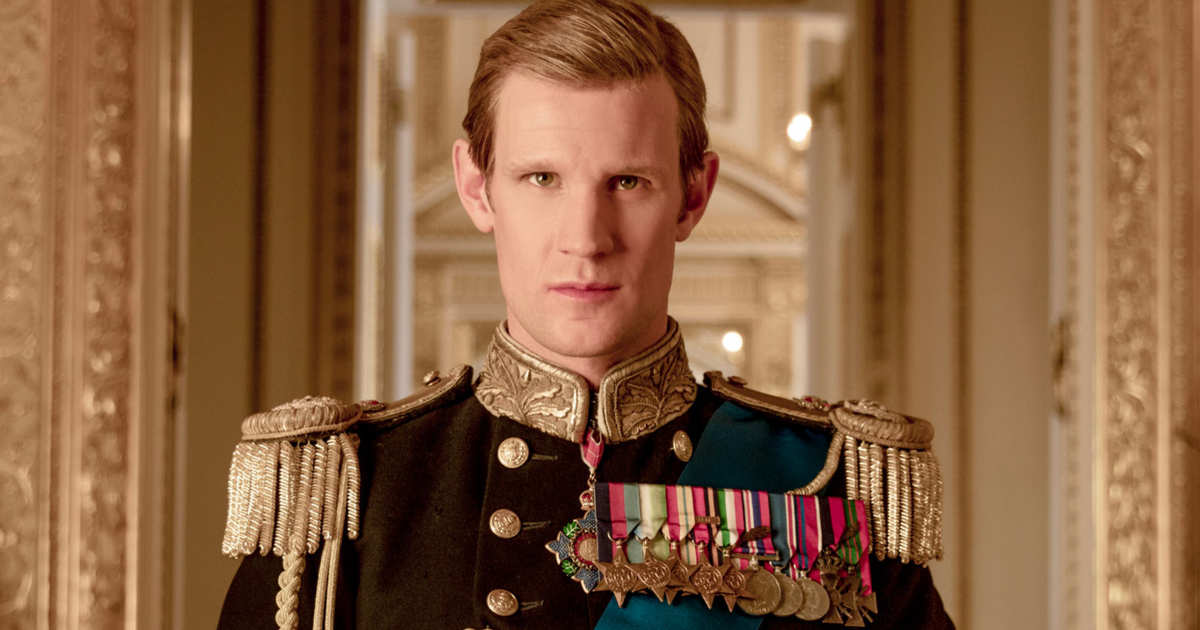
“Paterfamilias” is another one of the show’s Emmy Award Winning episodes and was distinguished with Outstanding Directing for a Drama Series. It follows a dual timeline that shows then Prince Charles’ struggles at his father’s school of choice for him: his alma mater, Gordonstoun. This is interspersed with Prince Philip’s own childhood—from the death of his favorite sister due to a plane crash, his family’s ties to the Nazis, and his own pain and grief throughout his early years.
I’m personally the furthest thing from a Royalist but this episode somehow paints a very human and sympathetic portrait of both Charles and Philip that you actually feel bad for the two of them. But then again, these are all, of course, only dramatizations of recorded events.
‘Aberfan’ (Season 3, Episode 3)
“Aberfan” is the heaviest and most heartbreaking episode The Crown has aired. It left me at a loss for words when I first saw it. The third episode of the third season covered the jarring disaster that struck the small Welsh town of Aberfan, which left 144 dead—116 of whom were children. As shown in the episode, the disaster was brought about by a giant pile of waste, or a spoil tip, that collapsed directly over a school.
Infamously, the Queen waited for several days before visiting the site of the disaster, in contrast to Prince Philip and Lord Snowdon, who immediately drove out into the scene. In the episode, Queen Elizabeth hesitates to visit out of fear that she would have difficulty conveying her emotions and primarily because of a worry that the attention would divert to her rather than the missing children. And although the decision did attract some rightful criticism, many of the disaster’s survivors agreed with the Queen.
“To come to Aberfan wouldn’t have been appropriate. The trouble with any royal visit is that you have an entourage and it just takes over and the rescue work was still ongoing. To have her come down any earlier would have added to the utter confusion,” Jeff Edwards, the last child to be rescued from the site of the disaster, shared in an interview with the BBC.
Aberfan remained close to the Queen throughout her reign. During the 50th anniversary of the disaster, she recalled a note that came with a small bouquet of flowers that she received from a young girl during her visit after the events of the catastrophe: “I well remember my own visit with Prince Philip after the disaster and the posy I was given by a young girl which bore the heartbreaking inscription ‘from the remaining children of Aberfan‘.”
‘Tywysog Cymru’ (Season 3, Episode 6)
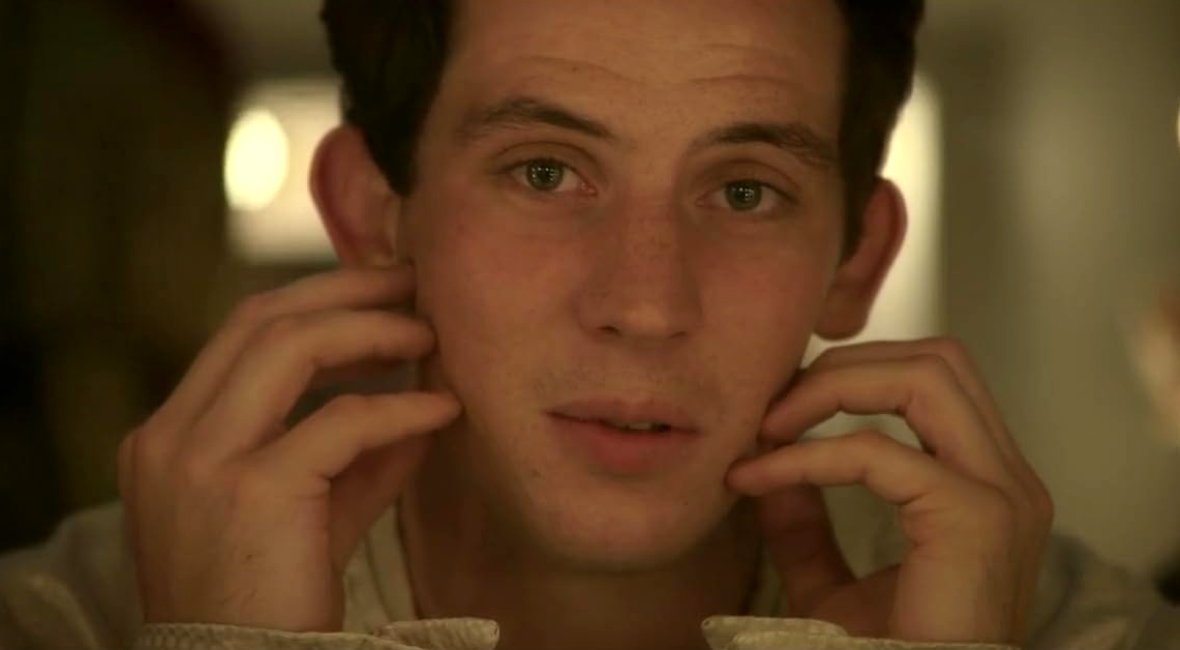
“Tywysog Cymru”, which translates into “Prince of Wales” gives us a character study of Charles as he travels to Wales, and shows us that despite his many flaws he does genuinely want to be a good king. On the other hand, Queen Elizabeth wanted to be a good queen and in order to be so she had to sacrifice her relationship with her eldest son. Such is the gilded cage of royalty.
This episode is one of the highest-rated episodes of The Crown on IMDb, and it’s generally considered one of the best bits of season three, which was in itself a very strong season. (“Aberfan” has the actual top spot on IMDb, if you were wondering.)
‘Fairytale’ (Season 4, Episode 3)
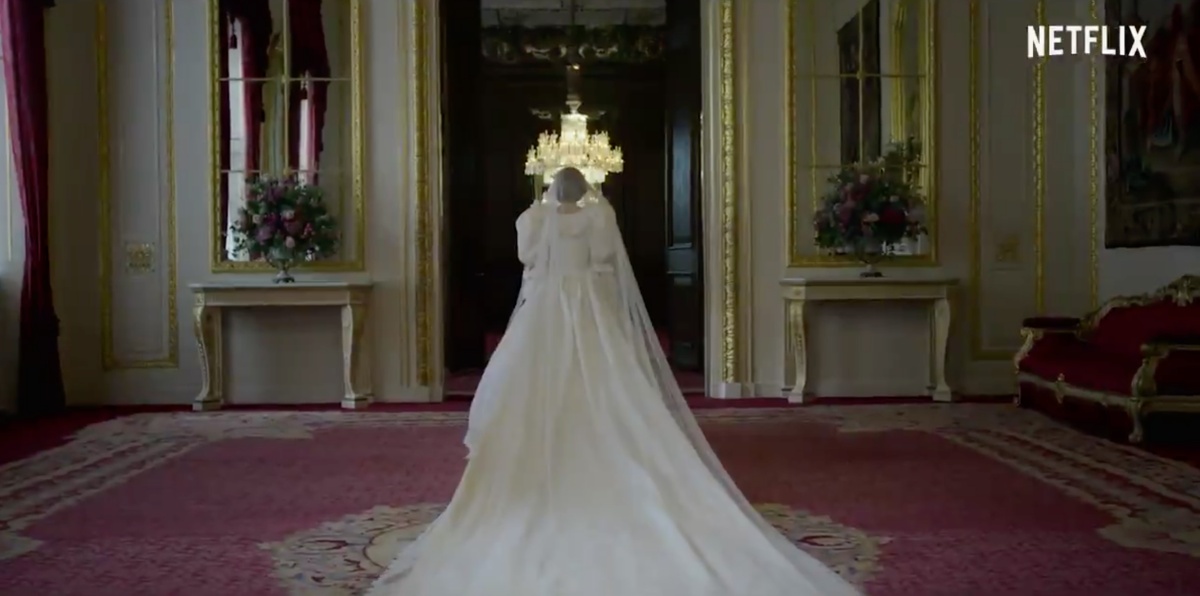
The Crown teased the royal wedding between then Prince Charles and the former Princess of Wales Diana for months before the release of its much-awaited fourth season. And so, the bigger surprise came when they actually didn’t show the wedding and instead only opted to show the Royal Family getting ready and actress Emma Corrin in the late Princess’ iconic Emanuel wedding gown, which was a bold and calculated choice.
This is because throughout the episode, we watch as Diana struggles “fitting in” with what’s to come after the wedding, in addition to a slew of other issues, like Charles’ clear affection and love for Camilla, her “princess lessons’, and her personal battles with her mental health. Sardonically titled “Fairytale,” the episode is a look into the already-sad tale forming behind the scenes before the whole world watched what was packaged to them as something straight out of a storybook from childhood complete with a prince, princess, and a supposed ‘happily ever after’.
‘Favourites’ (Season 4, Episode 4)
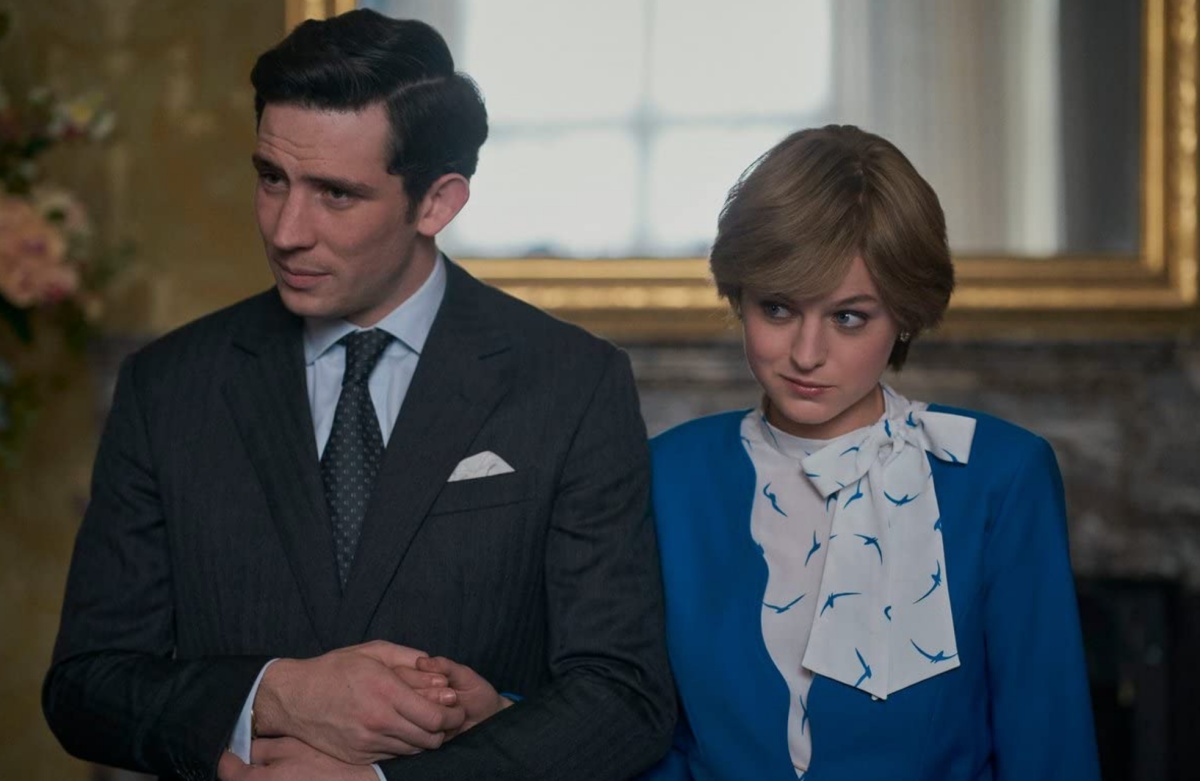
The “Favourites” episode is a bit of an underrated gem. It follows the disappearance of Margaret Thatcher’s son in 1982 during a car race, all while the beginnings of the Falklands War looms. As for the Queen, she is left bothered by a comment Thatcher says during their weekly meetings: she described her missing son as her favorite child.
When she shares this with Prince Philip, he dryly remarks that any honest parent would “admit” to having a favorite as well, which in turn leaves the Queen wondering as to who is hers among her four children—Philip suggests that everyone around her knows who hers is despite her claims that she doesn’t have one. “Favourites” is interesting in that it provides insight into the lives of each of the Queen’s children, who at the time, each had their own … problematic issues.
‘Terra Nullius’ (Season 4, Episode 6)

Diana gets center stage here as she and Charles travel to Australia for a major royal tour. The good news: the entire world is in love with her! The bad news: Prince Charles, her supposedly devoted husband, is not.
Unfortunately, it soon becomes clear that Diana should never, ever have married Charles, no matter how good she is at being a princess. Charles resents his new wife massively for commanding the sort of attention he can only dream of, not to mention he’s still hung up on Camilla. The repercussions of this broken marriage still haunt the royal family.
‘The Hereditary Principle’ (Season 4, Episode 7)
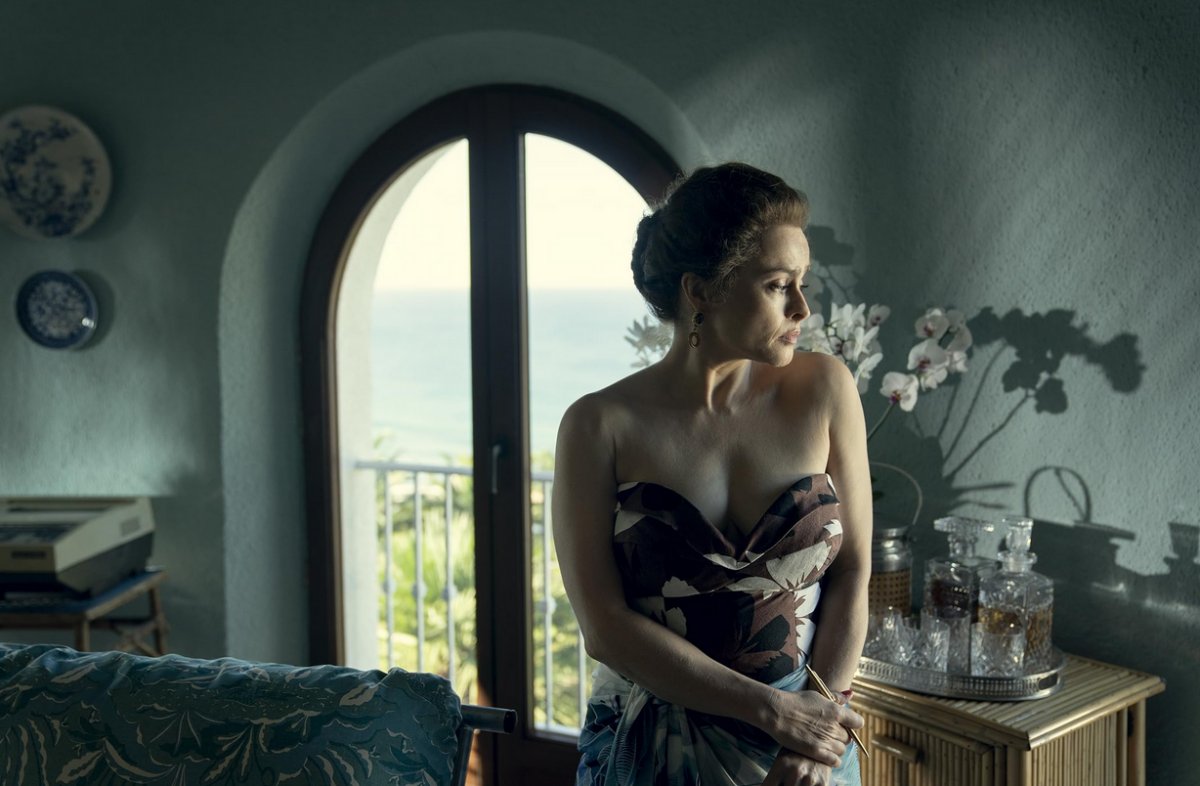
Did you know that two of Queen Elizabeth’s cousins, Narissa and Katherine Bowes-Lyon, were born with developmental disabilities? And that instead of using their vast resources to help, the royal family instead basically just shunted them off to a care home and forgot about them? Now you know. This episode does by all accounts exaggerate some details—there’s no record of the Queen Mother telling a shocked Princess Margaret all about a “hereditary principle”—but the basic story is a true one.
This episode won praise from the charity Mencap for casting actresses who actually had developmental disabilities to play Narissa and Katherine, Pauline Hendrikson and Trudie Emery. Mencap CEO Edel Harris wrote for the Radio Times, “If disabled people are left out of the stories told about their lives, there is always the risk that you miss capturing the individual’s unique perspective and just get the stereotype instead. But by casting actors with a learning disability themselves, the new series of The Crown has shown the power of onscreen representation by opening viewers’ minds to someone else’s experiences and how they might see the world.”
‘The Way Ahead’ (Season 5, Episode 5)
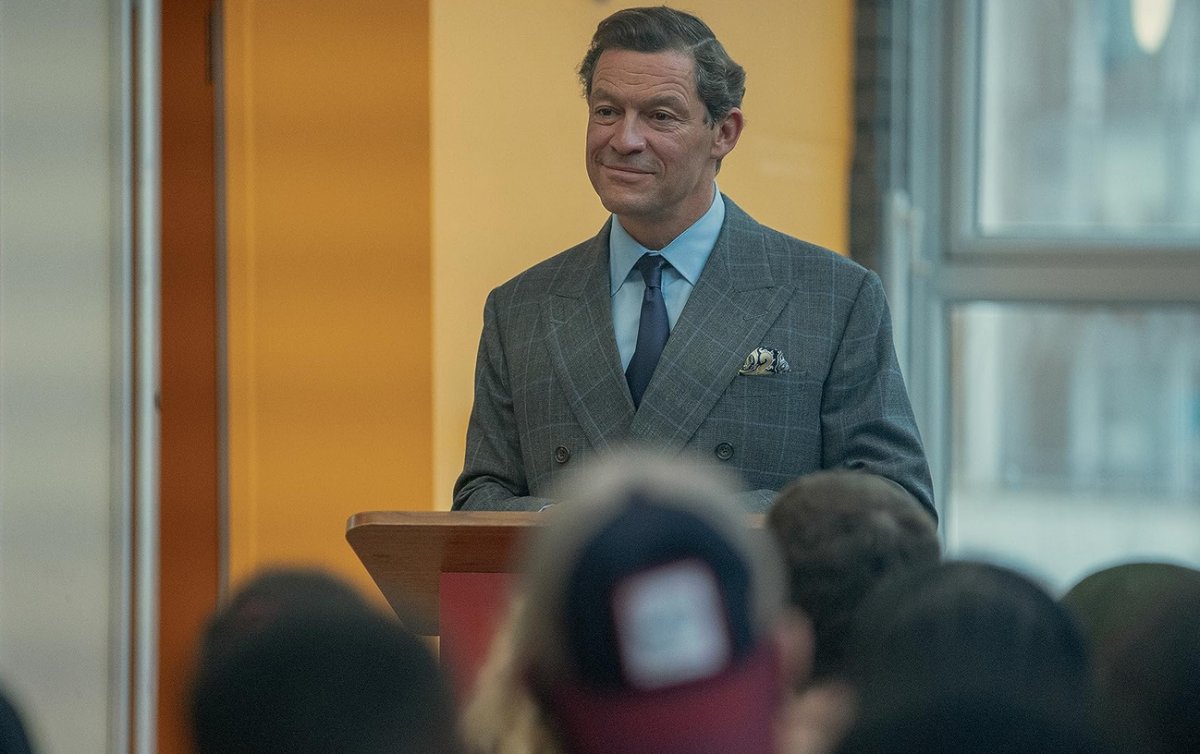
Another episode that’ll have you going “wait, this really happened!?” but you might be doing that through laughter rather than rage this time. Yep, it’s time for The Crown to finally tackle “tampongate” aka the VERY scandalous, hilariously explicit leaked phone conversation between Charles and his then-mistress Camilla. If you weren’t familiar with it before, this episode will leave you with no doubt as to what the “tampon” part of “tampongate” was all about. Ew!
But also … aww? Sort of? Princess Anne points out to her brother in this episode that despite the er, gynecological nature of the leaked conversation (not to mention the fact that both parties involved were cheating on their spouses) it’s actually quite a sweet moment between two people who were very much in love. And the fact that it was leaked in the first place was a cruel breach of privacy. This episode really wants us to feel sorry for now-King Charles and you know what, it succeeds.
‘Ipatiev House’ (Season 5, episode 6)

“Ipatiev House” opens with a shocking and brutal massacre – the murder of the Romanov family. It’s far more graphic than what The Crown usually shows and it also hits you hard watching a group of children be gunned down in cold blood.
Once that awful scene is over, the rest of the episode revolves around Philip – the descendant of the Romanovs – and his strained relationship with Elizabeth, who is busy with diplomatic shenanigans involving Boris Yeltsin and the excavation of the Romanov graves. This episode gives us more insight into the Elizabeth-Philip marriage: as with most things involving the royal family, it was far from a fairytale.
(featured image: Netflix)
Have a tip we should know? [email protected]

